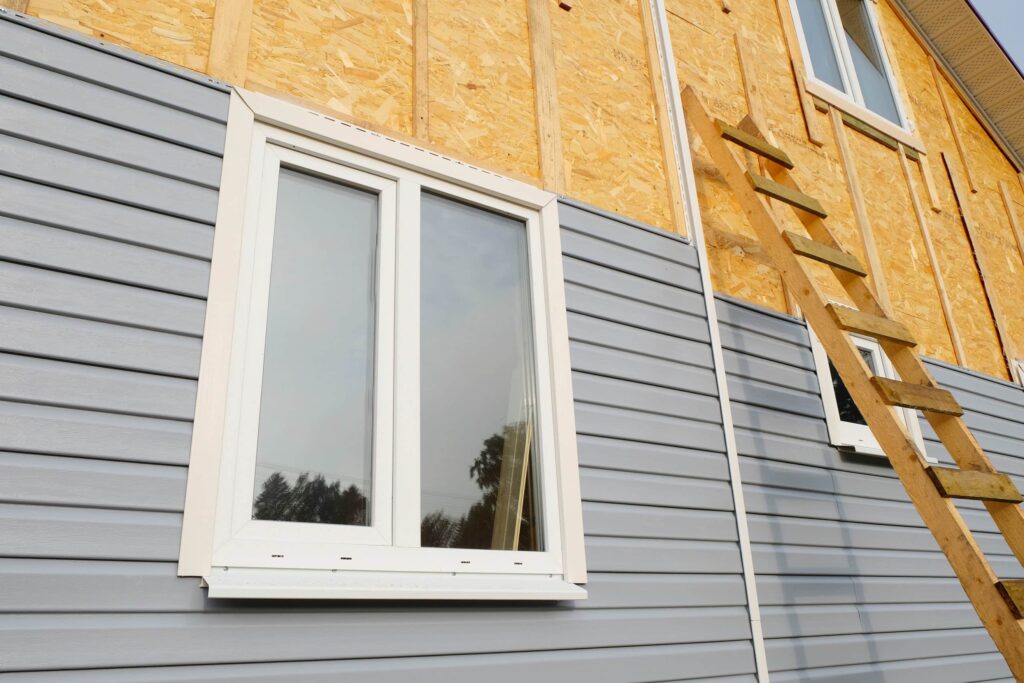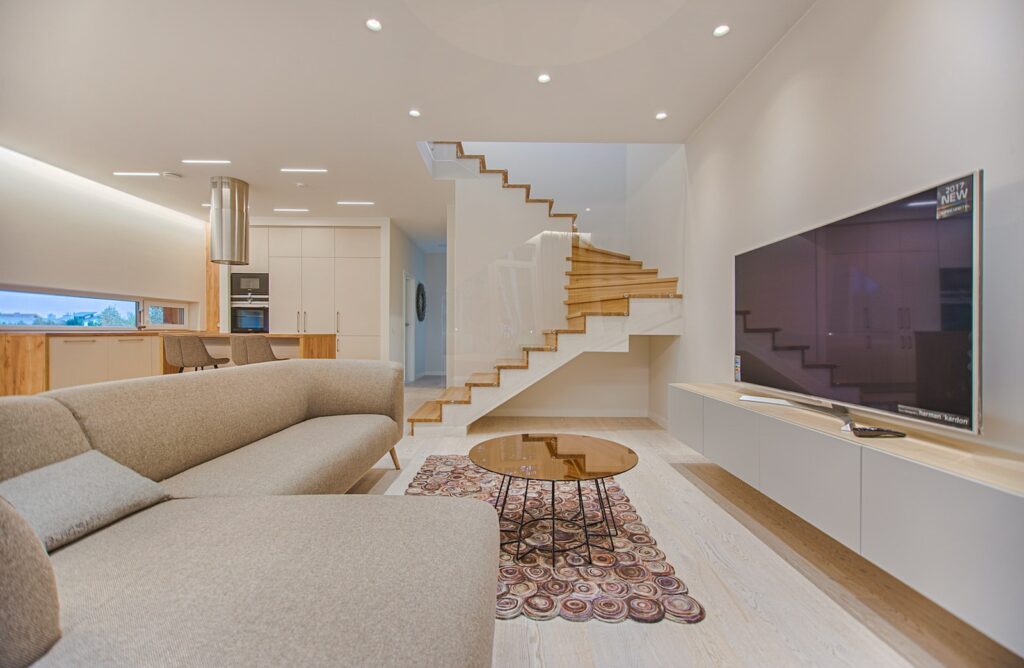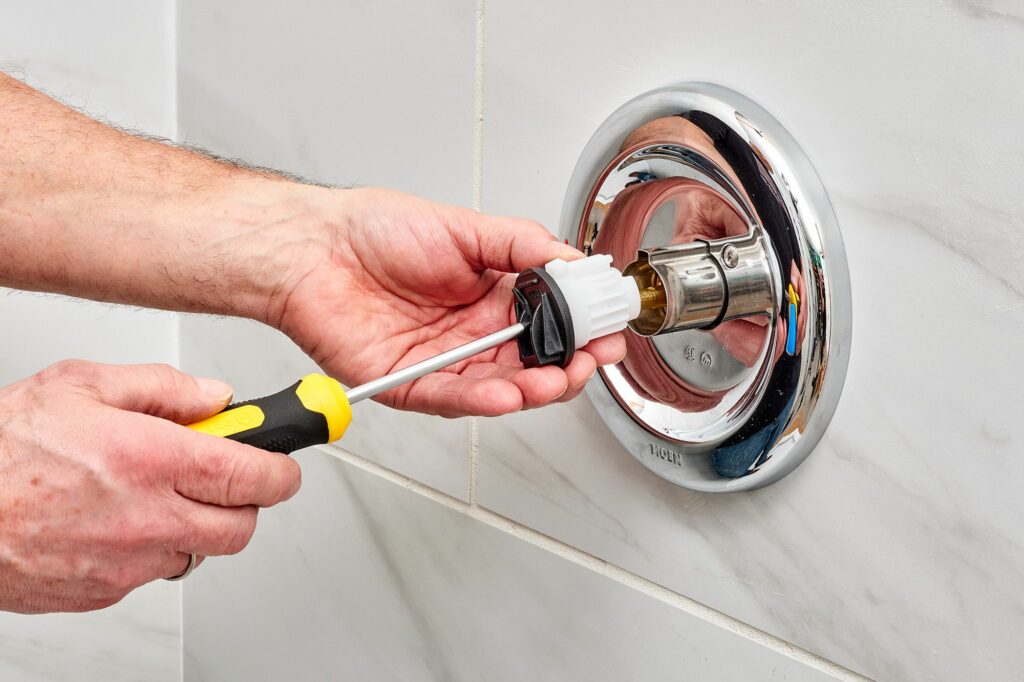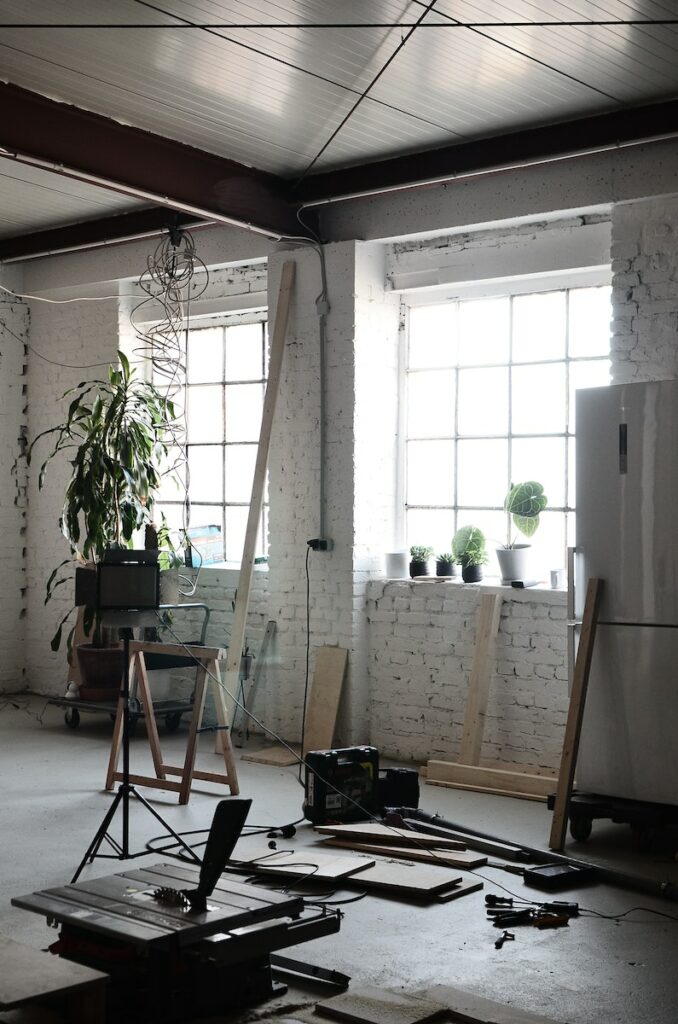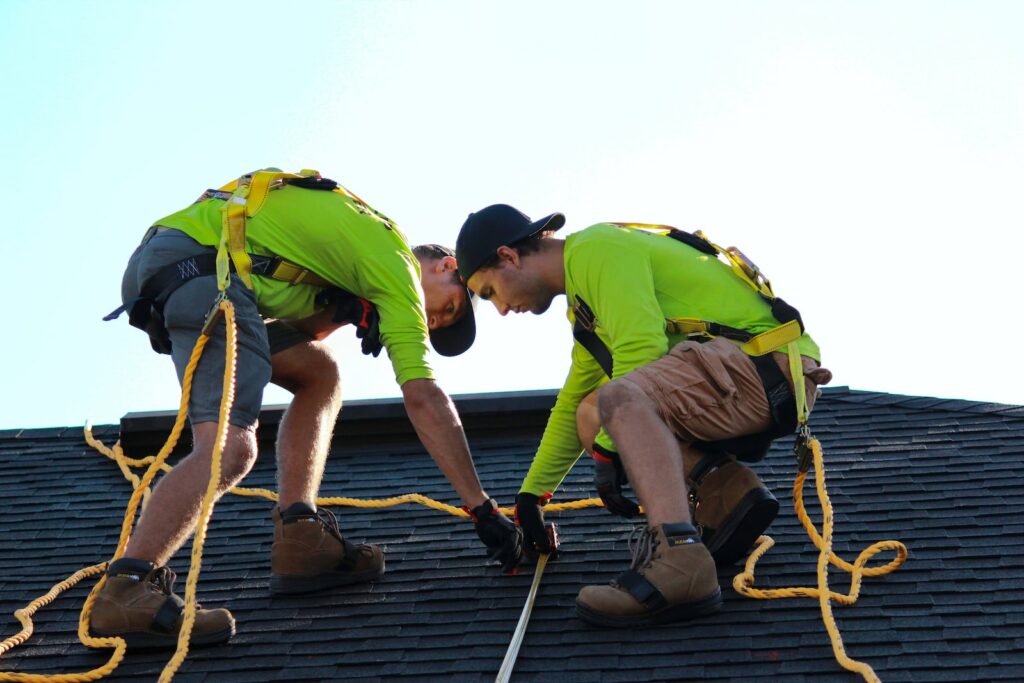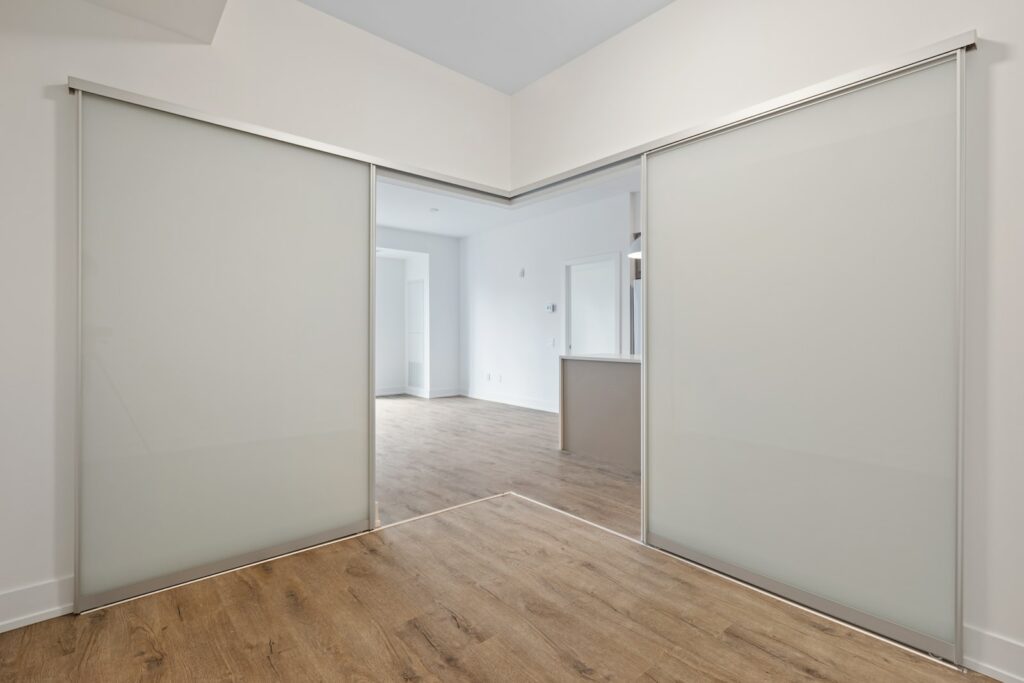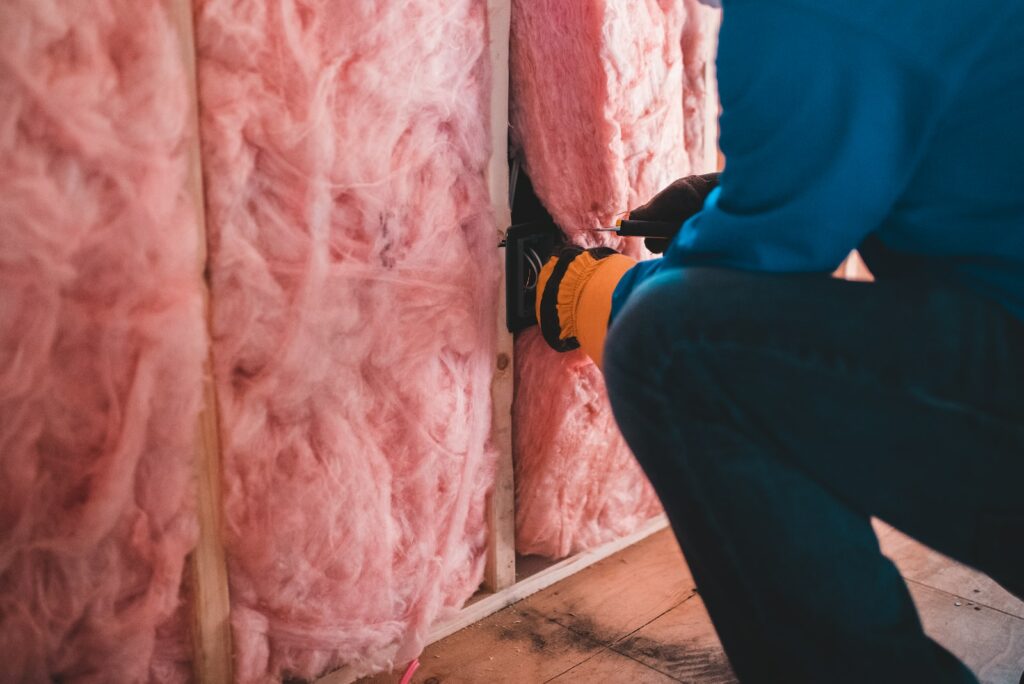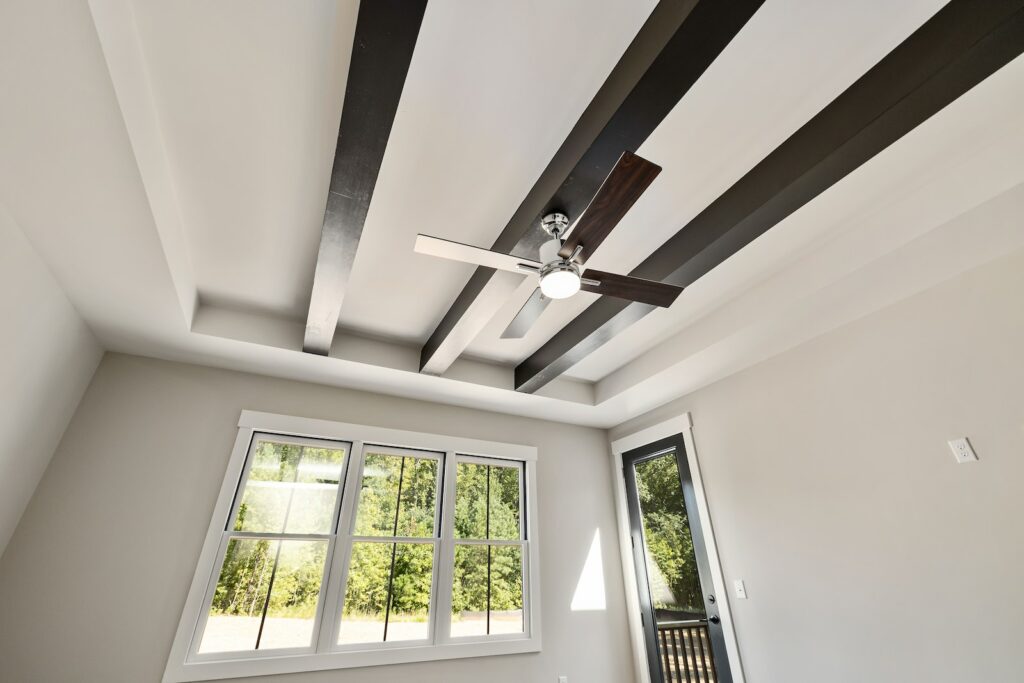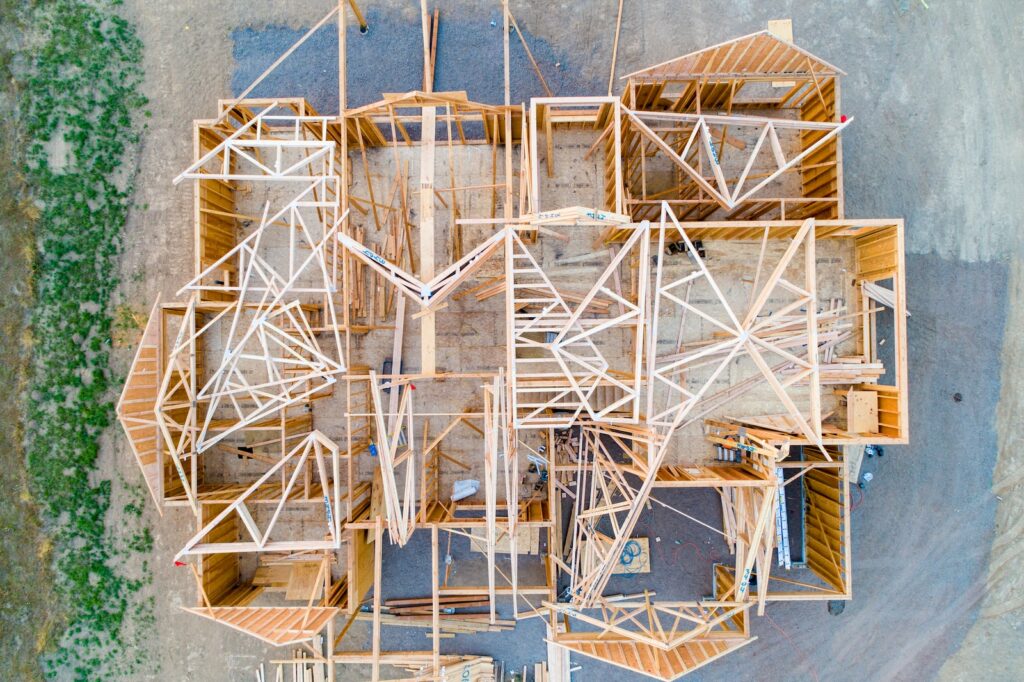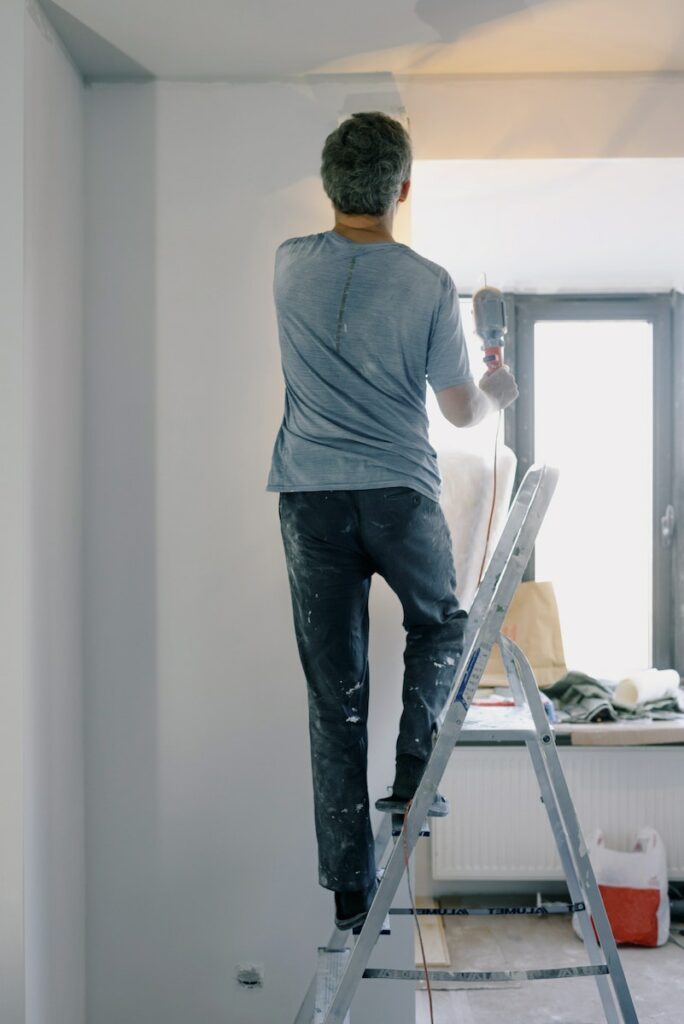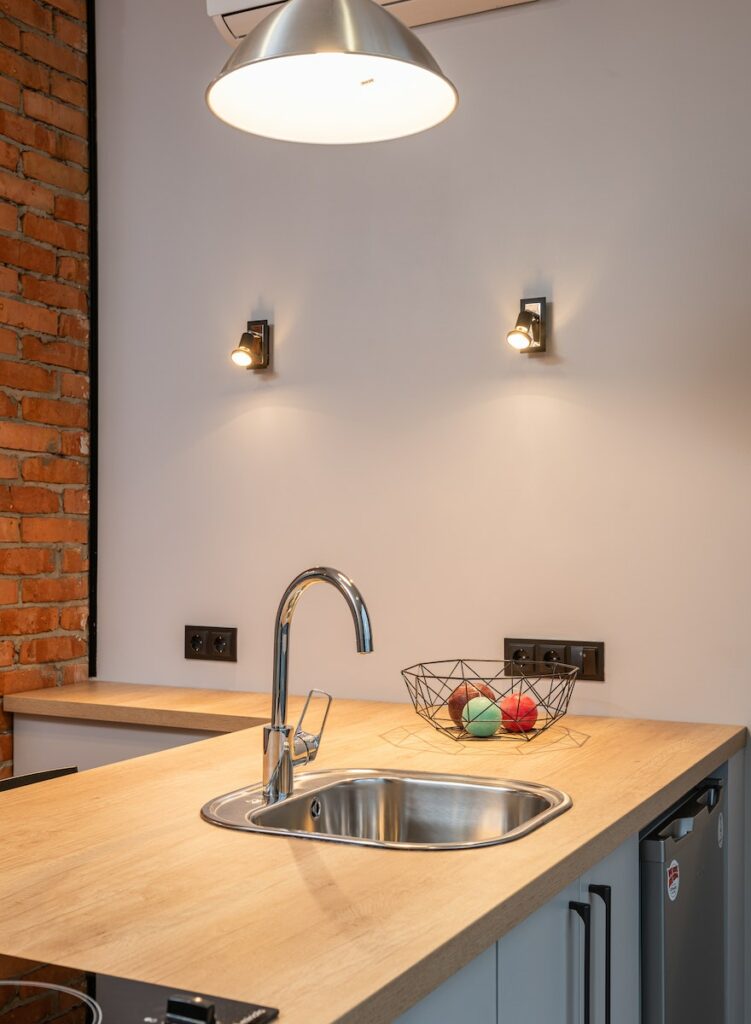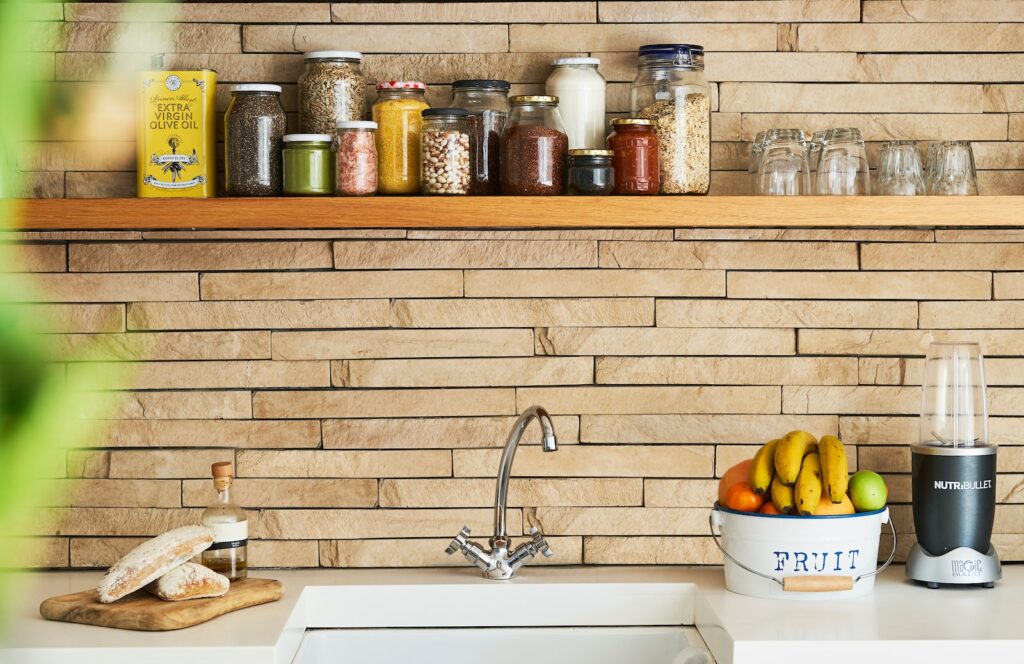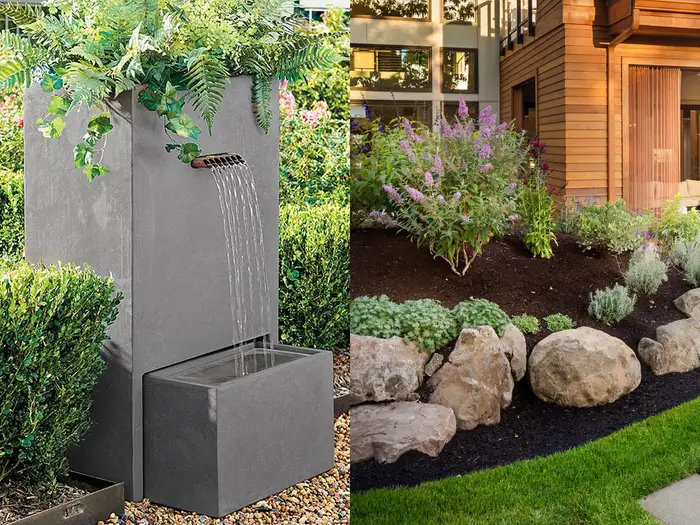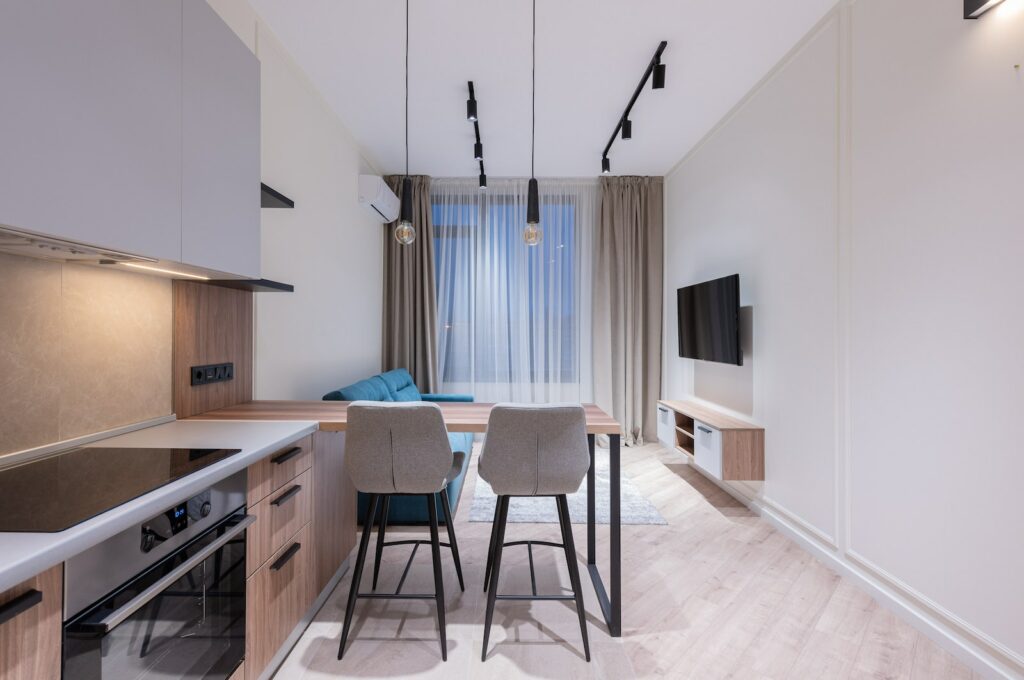The Pros and Cons of Different Home Siding Materials
Choosing the right siding material for your home can be a daunting task. With so many different types of materials and options available, it can be difficult to decide what will work best for your home. It is important to understand the pros and cons of each material in order to make the best decision for your home and budget. In this article, we will provide an overview of the different types of siding materials and their associated pros and cons.
Vinyl Siding
Vinyl is one of the most popular siding materials for homes and buildings. It is cost-effective, lightweight, and durable. Vinyl is extremely low-maintenance, and does not require painting or staining. It is also resistant to moisture, fading, and peeling. The most notable downside to vinyl siding is that it can be difficult to repair if damage occurs.
Brick and Stone Siding
Brick and stone siding is an attractive option for homes and buildings, and will last much longer than other siding materials. It is extremely durable and low-maintenance, and will not require regular painting or staining. Stone and brick also provide excellent insulation, keeping your home cooler during the summer and warmer during the winter.
However, brick and stone siding can be expensive to install. Additionally, the weight of the material can put a strain on your home’s foundation. It is important to hire an experienced contractor to ensure that the siding is properly installed.
Wood Siding
Wood siding is an attractive option for homes and buildings. It is available in various finishes and styles, and can be stained or painted to match the look of your home. Wood siding is also a good choice for insulation, as it has great insulation properties.
The downside of wood siding is that it requires regular maintenance. It is important to periodically inspect the siding for damage and repair it as needed. It can also be susceptible to water damage, rot, and pests.
Aluminum Siding
Aluminum siding is one of the most popular siding materials for homes and buildings. It is extremely lightweight, easy to install, and resistant to pests, moisture, and mold. Aluminum is also very durable and low-maintenance, requiring only occasional cleaning. Aluminum siding is also one of the most affordable siding options available.
The downside of aluminum siding is that it can be easily dented and scratched. Additionally, it is not very insulating, so it may not be the best choice for colder climates.
Stucco Siding
Stucco siding is a popular choice for homes and buildings. It is highly durable and resistant to water and pests. Stucco siding is also a great choice for insulation, as it is very effective at keeping the heat in and the cold out. It can also be painted or stained to match the look of your home.
The downside of stucco siding is that it can be expensive to install, and is difficult to repair if damage occurs. It is also vulnerable to moisture damage and cracking.
Fiber Cement Siding
Fiber cement siding is a good option for homes and buildings. It is an excellent choice for insulation, as it is very effective at keeping the temperature in your home comfortable. Fiber cement siding is extremely durable and low-maintenance, and does not require regular painting or staining.
The downside of fiber cement siding is that it can be expensive to install. Additionally, it can be difficult to repair if it is damaged.
Time and Cost Considerations
Installing siding on your home is a big undertaking, and will require a significant amount of time and money. Before beginning a siding project, it is important to determine the cost of the materials, the cost of labor, and any other necessary materials.
It is also important to factor in the amount of time it will take to install the siding. Depending on the type of material and the size of the project, it could take a few days to several weeks to complete. It is important to consider this when deciding which siding material to use.
Safety Precautions
When installing siding on your home, it is important to take safety precautions. Make sure to use safety equipment, such as gloves, goggles, and masks, to protect yourself from sawdust, debris, and hazardous materials. Additionally, it is important to follow the directions for the materials you are using and make sure the area is well-ventilated.
Conclusion
Choosing the right siding material for your home or building can be a difficult decision. It is important to understand the pros and cons of each material before making a decision, and to consider the time and cost it will take to install the siding. When installing siding, it is also important to take safety precautions to protect yourself and your property.
By considering all of these factors, you can make an informed decision that will be best for your home and budget.

